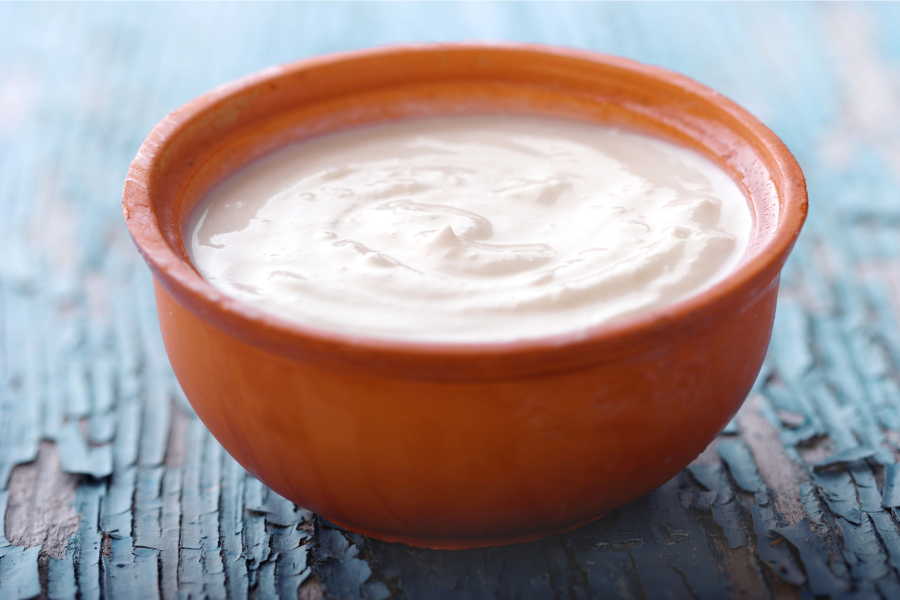
How would you structure your day of eating to lose fat? Well, you would make everyday of eating a lifestyle. A day of eating shouldn’t feel like a “diet”.
Your eating pattern should fall into the background of your life.
This post will give you strategies you can utilize to make everyday of eating as enjoyable as possible for your fat loss goals.
Know What Your Calories and Protein Are
Before we go any further in this article, make sure you know how many calories you need to consume to lose fat.
Second, make sure you know how much protein you need to build or maintain muscle.
There are resources online that can give you a ballpark idea of what your maintenance calories are. Click here for this online calorie calculator.
Delay Your Breakfast Time
You would have an easier time controlling your caloric intake if you don’t eat first thing in the morning.
Delay your first meal 4-8 hours from the time you wake up. This is a form of intermittent fasting, but more lifestyle friendly.
When you fast for a certain number of hours, you experience a change in fuel metabolism. The body goes from burning glucose/carbohydrates to burning body fat for energy.
Studies have shown that daily fasting can increase metabolic rate by as much as 11%.
So, if you naturally burn 2,500 calories a day with weight training and walking, fasting for 16 hours daily can bring your maintenance close to 2,800.
You are also getting a boost in human growth hormone or HGH.
Human growth hormone plays a significant role in body composition. If you’re a male, it works with testosterone to build muscle, increase lean body mass, and lose fat.
You can read more about human growth hormone in this article, High Human Growth Hormone is Needed for Better Fat Loss.
Break Your Fast with a Small Protein-Rich Meal
When you’re ready to break your fast, consume a low-calorie, high protein meal. Don’t break your fast with a high-calorie, high-carb meal.
Reason being, you want to allocate majority of your calories and carbohydrates towards the night or after your evening workout.
When you do this, you have better appetite management in a caloric deficit.
It’s very difficult to stay in a deficit when it’s 2pm and you’ve already consumed 70% of your calories.
Chances are you’re still going to want a big dinner even if you already had your big meal for lunch. On top of that, you’re going to want your late-night dessert or snack.
Have that first meal be no more than 25% of your daily calorie-target.
Program a couple small meals you can rotate each day, that gives you a dense amount of protein, and a balance of fats and carbs.
That way, your appetite is suppressed, your cravings are suppressed, and you can save most of your calories for later in the day.
So, if you’re dieting on 1,800 calories a day, you would break your fast with a meal that is around 450 calories.
Here’s a link to a really good small meal recipe with collagen protein and Greek yogurt.
As a matter of fact, this recipe is only 450 calories, Insanely Good High Protein Greek Yogurt Bowl.
Consume Most of Your Calories at Dinner

55 – 60% of your calories should be allocated towards dinner or your large meal. With this meal, the rest of your protein needs should be fulfilled. You are also getting a lot more fats and carbs.
Let’s go back to the example of you cutting on 1,800 calories a day. In this case, your dinner would be about 1,000 – 1,100 calories.
You can have different meals that mimic this calorie range.
- Lean Steak, White potatoes, and Broccoli
- Lean Chicken, Sweet Potatoes, and Spinach
- Salmon, White Rice, and some kind of Veggie
- Homemade Steak Tacos
- Lean Ground Beef Tacos
- Chicken Thighs, Brown rice, Black beans, and Green Leafy Vegetables.
- Lean Ground Turkey, Rice, and Veggies
Have 2 different meals you can rotate through each night. Don’t give yourself too much decision-making.
If you’re trying to rotate between 4 different meals a week, it will be harder to lose fat, because the calories and macros would most likely be off.
Also, certain meals won’t satisfy you as well as others, so you’ll probably be tempted to go over your calories that day.
Even if you have just 1 dinner meal you really love, eat that meal every night if it makes dieting enjoyable.
Save Some Calories for Dessert
Allocate the remainder of your calories towards dessert. Yes, you can have dessert in your diet every single night and still lose fat. The most important thing is you’re at a caloric deficit by the end of the day.
Dessert calories don’t necessarily have to be something “sweet”. It could be sweet if you want, but not all people have intense sugar cravings like that.
The last 15-20% of your calories can be some kind of high-carb, moderate-fat food you like. On an 1,800-calorie diet, you can have 300 – 400 calories of:
- Chocolate
- Ice Cream
- Chips
- Fruit
- Cookies
- Alcohol
The food doesn’t have to be a “healthy” dessert. Dieting for health is completely different than dieting for fat loss.
Of course you should care about your health, but at the same time, you have got to enjoy life. As long as you’re consuming these foods in moderation, it’s ok.
The Importance of Finishing Your Day with Carbs
Finishing your day with carbohydrates can do wonders for your fat loss efforts. One of the challenges of eating in an energy deficit, especially a big one is falling asleep at night.
When you have carbs as your last bit of food at night, you activate a neurotransmitter in your brain called Serotonin. This helps you feel relaxed, sleepy, and satisfied.
Your body is no longer fighting cravings, because you satisfied those cravings with a high-carb, low-calorie dessert.
Overall, there are massive benefits to not eating so many carbs during the day and eating most of your carbs at night.
You can learn more about those benefits by checking out this article, Amazing Benefits of Carb Backloading.
Conclusion
The key points of this article are:
- Incorporate intermittent fasting into your plan. It will make it so easy to maintain a caloric deficit.
- Program a small meal you can break your fast with every day that is no more than 25% of your calories. Make sure that meal is high in protein.
- Put 55-60% of calories towards dinner. Fulfill the remainder of your protein needs, and get in more fats and carbs
- Lastly, allocate the remainder of your calories to a high-carb, moderate-fat dessert of your liking.
